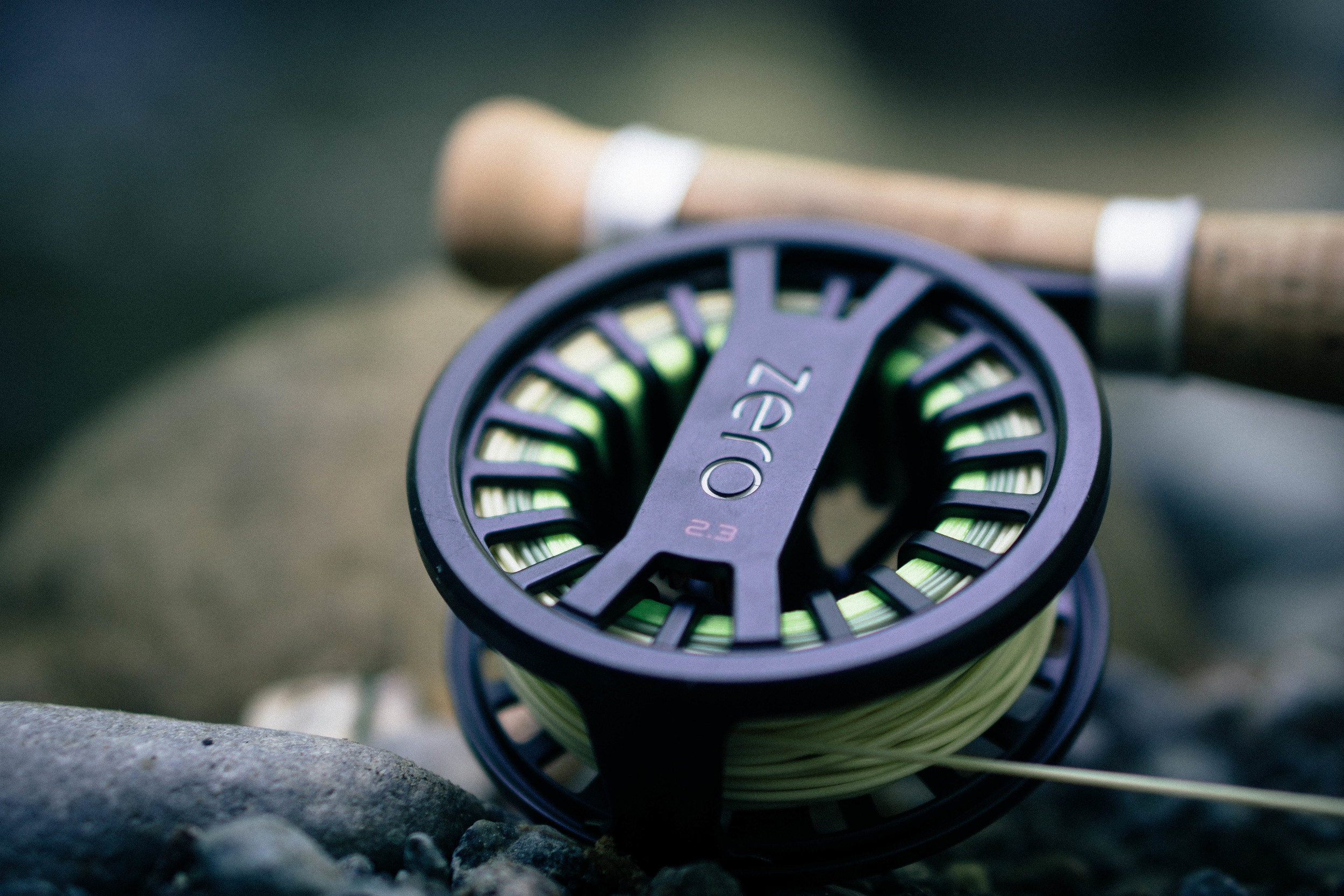Small streams were my jam for a long time. In middle school I'd fly fish in the streams of the Bay Area, finding pockets of trout where nobody expected them to be. In college, I ran around the Sierra foothills with my friends catching countless small trout on little tributaries. Then I started backpacking in the high Sierra. That's where my problem with small streams got out of control. Catching Golden Trout and native Lahontan Cutthroat will keep you away from the big rivers and huge fish that live in them. Small streams are the picture of beauty in the trout world. Although I've started going after bigger and pickier trout in my old age, there's something childlike and fun hopping from bank to bank looking for native trout in small streams. I've had a lot of practice on small streams and great mentors in my time on the water, below are five tips for making a day on a small stream a successful one.
1. Rod Selection: This one took me awhile. When I started, I just used the rod I had, which was way too long and built more for bass than 5 inch trout. At this point in my fly fishing life, I have four or five small stream rods. All of them are shorter than 7 feet and all of them are 2wt or 3wt. Small streams call for short, accurate casts. Most of the time, you'll be fighting with stream-side brush and overhanging trees in order to get those casts off. So, having a short rod helps a lot in these situations. These days, I'm also really enjoying glass rods for small streams because they load better when casting short distances and can be a blast to fight even small fish on. So...keep the rod short, in the 2-3wt range, and possibly glass!
2. Fly Selection: Flies can change from region to region and between the seasons. Most of the time, however, small stream fly selection isn't a precise science. In my experience, the trout aren't too picky on the small streams, they'll eat just about anything as long as they're not spooked (more on that later). When I'm fishing small streams I like to take a small, simple box of bushy dry flies (small hoppers, stimulators, adams, or humpys). Those flies usually do the trick. When your bouncing from hole to hole, you might come across some deeper sections of creek and that's usually where the biggest trout in the creek will live. If you're into being a dry fly enthusiast, go for it. Leave the big ones alone. If you'd like to land that Hog Johnson in your local small stream, have a dropper hanging off your dry when you get to those deeper pools. My go-to choices for small stream droppers are small, trim, and heavy. Size 18 Copper Johns, Tungsten Ju-Ju Baetis, and zebra midges will all do the trick. The key is getting the fly as deep as possible in the shortest amount of time without sinking your dry fly.
3. Approach: Here's where you can really up your game when it comes to landing more (and larger) fish on small stream. Be a ninja. You've got to be quiet, make as little noise as possible, stay out of the water when possible, and keep a low profile. Small stream fish are usually living in water that's no deeper than your waist. With that, they're in danger of predation from raccoons, birds, and other local wildlife. The best way they stay alive, is to hide at the first sign that something's off. Your size 11 wader boots fumbling along the bank while waving a stick around in the air is not a natural look at all. It's a sure fire way to put the fish down and spook the hole. Practice stealth!
4. Tag Team: If I ever head to a new small stream or trek into the high Sierra, I usually go with a buddy. Fishing solo is always a good time but I prefer to fish with one other person. Groups of three, four, and five anglers going to the river together doesn't make a lot of sense to me, especially on small streams. When I'm on a small stream with a buddy, we try and tag team our approach. We do this in a few different ways. We either trade sections of river, one guy fishes while the other spots likely holding places (or takes pictures). The other option is to trade fish. I get one, then you get one. Before I started taking this approach back in college, I'd end up fishing way too fast, "jumping" my buddy to get to the untouched water. We'd essentially race our way up the river, leaving all the good water in our wake. Slow down, watch your friend fish, take advice when they're watching you fish, and have a good time. This slower approach to the river coupled with the learning that happens when you're with a friend will make your experience that much better.
5. Be Gentle: As we all know by now, we need to protect the limited resources we have. Be gentle with the small stream ecosystems in your area and the fish that call them home! Small streams can be full of fish but they're a lot more delicate than the 15 inch brown you might have landed last weekend. So be careful with these trout, you've got to use barbless hooks, take super quick photos (if you take any at all), use silicone nets, and wet your hands when handling these little guys. These small stream ecosystems can be put off balance with warm water, high sediment loads, or increased fishing pressure. If you find a good small stream, keep it a secret!









